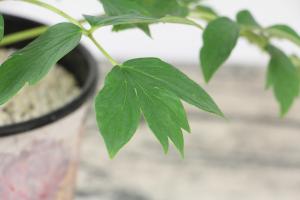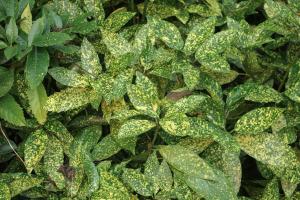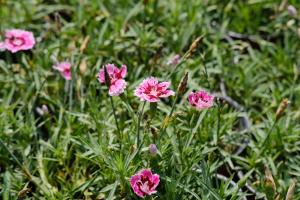Introduction
Red maple (Acer rubrum) is a common large deciduous tree in North America. With its fast growth rate, it has the potential to take over other plants with its roots. In this article, we will explore the factors that can influence the growth of red maple roots and their effects on other plant species.
The growth of red maple roots
The root system of red maple can extend deep into the ground, reaching up to 3 meters below the surface. The growth of its roots is influenced by various factors such as the type of soil, water availability, and climatic conditions. Red maple roots prefer moist soils with good drainage. They can adapt to different soil types, ranging from sandy to clayey soils. When growing in rocky soils, red maple roots may grow shallowly and spread widely to find nutrients and water. Red maples roots can also adapt to different temperature conditions, with the ability to grow in both hot and cold weather.
The competition between red maple and other plants
Red maple has the potential to become invasive and outcompete other plant species. When red maple roots grow, they can absorb nutrients and water from the surrounding soil, which can reduce the amount available to other plants. As the red maple tree grows taller, it can also shade other plants, limiting their ability to photosynthesize and grow. Additionally, red maple leaves contain allelopathic chemicals that can inhibit the growth of other plants by suppressing their germination or root growth.
The possible impacts on forest communities
When red maple trees overtake other plants, it can have a significant impact on forest communities. If red maples are allowed to grow unchecked, it can lead to a decrease in plant diversity and loss of other tree species. This can result in changes to the structure and composition of the forest, which may affect the habitat of other wildlife species. Furthermore, red maples can also alter nutrient cycling and soil chemistry by affecting the availability of nutrients and organic matter in the soil.
The potential management strategies
To prevent red maple trees from overtaking other plants, there are several management strategies that can be implemented. These include reducing the frequency and severity of disturbances such as logging or fire, which can create gaps in the forest canopy that favor red maple growth. Additionally, selective cutting of red maple trees can help to reduce their impact on the forest community. Another strategy is to introduce other plant species that are capable of growing alongside red maples and creating a more diverse forest community.
Conclusion
In conclusion, red maple trees have the potential to overtake other plants with their roots, leading to changes in forest structure and composition. The growth of red maple roots is influenced by soil type, water availability, and climate conditions. The competition between red maple and other plants can be managed through various management strategies, including selective cutting and introducing other plant species. By understanding the growth and impacts of red maple roots, we can better manage forest communities and promote plant diversity.

 how many times do yo...
how many times do yo... how many planted tre...
how many planted tre... how many pine trees ...
how many pine trees ... how many pecan trees...
how many pecan trees... how many plants comp...
how many plants comp... how many plants can ...
how many plants can ... how many plants and ...
how many plants and ... how many pepper plan...
how many pepper plan...
































